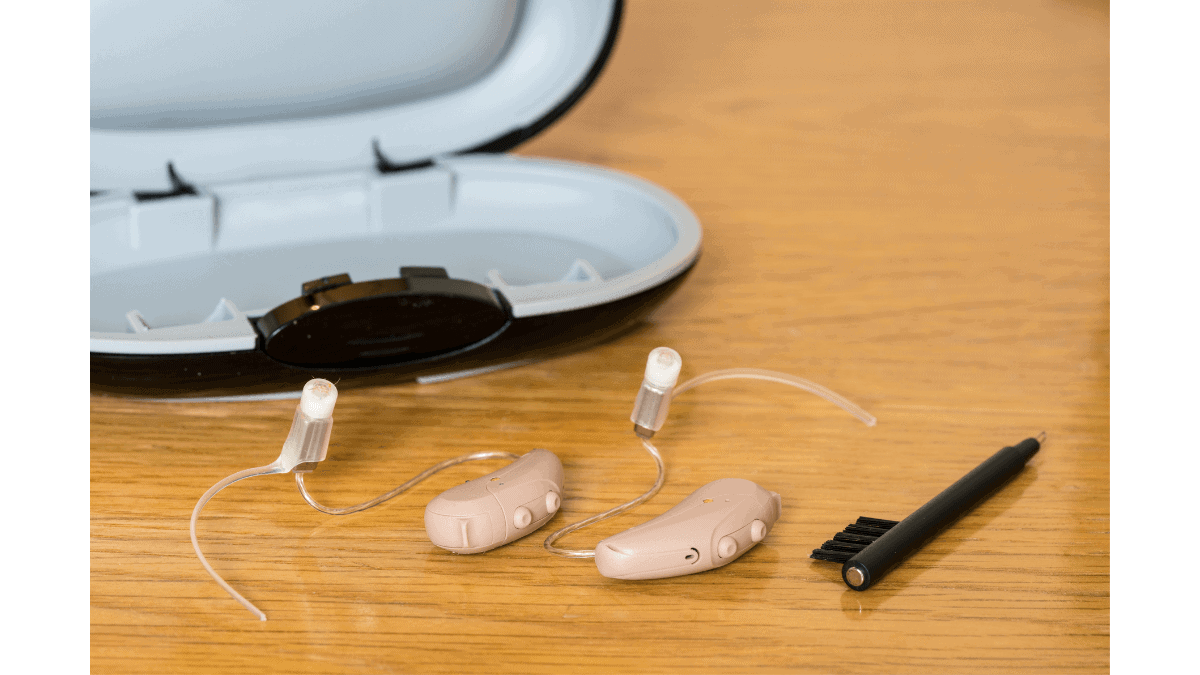- How to Recognize the First Signs of Hearing Loss - June 5, 2025
- Understanding the Connection Between Tinnitus and Weather - May 17, 2025
- The Most Unexpected Reasons Hearing Aids Can Malfunction - May 9, 2025
Has it been a while since you last replaced your hearing aids? Knowing when it’s time for an upgrade is essential for maintaining optimal hearing health. One of the most obvious signs that it’s time to replace your hearing aids is a noticeable decline in your ability to hear. If you find yourself straining to hear conversations, frequently asking people to repeat themselves, or struggling to understand speech, it may indicate that your current hearing aids are no longer providing adequate amplification.
Over time, hearing aids may experience wear and tear, leading to decreased performance. If you notice that your hearing aids are producing distorted or muffled sounds, experiencing feedback or whistling noises, or having inconsistent volume levels, it could be a sign that they need to be replaced. These issues may indicate problems with the internal components of the devices that cannot be easily repaired.
Changes in Lifestyle or Hearing Needs
Changes in lifestyle or hearing needs can also signal the need for new hearing aids. If you’ve experienced significant lifestyle changes, such as retiring, starting a new job, or becoming more active in social settings, your hearing requirements may have evolved. Additionally, advancements in hearing aid technology may offer features and capabilities that better suit your current lifestyle and hearing preferences.
Hearing aids are subject to physical wear and tear over time, especially if they are worn daily. Signs of physical deterioration, such as cracks, scratches, or broken components, may indicate that your hearing aids are reaching the end of their lifespan. While some issues can be repaired, extensive damage may warrant replacement to ensure reliable performance and comfort.
As technology advances, so do hearing aid capabilities. If your current hearing aids are several years old, they may lack the features and functionalities that newer models offer. Upgrading to the latest technology can improve your listening experience, providing better speech clarity, noise reduction, and connectivity options for streaming audio from smartphones and other devices.
Discomfort or Fit Issues
If you experience discomfort or fit issues with your current hearing aids, it may be time to consider replacement. Ill-fitting hearing aids can cause irritation, pressure sores, or discomfort, leading to reluctance to wear them. Your provider can assess the fit of your devices and recommend adjustments or replacements to ensure optimal comfort and performance.
Knowing when it’s time to replace your hearing aids is crucial for maintaining optimal hearing health and quality of life. By recognizing signs such as changes in hearing ability, decreased performance, lifestyle changes, physical wear and tear, outdated technology, and discomfort or fit issues, you can make informed decisions about when to upgrade your devices. Remember to schedule regular hearing health exams with your provider to monitor your hearing and ensure you have the most suitable hearing aids for your needs.

